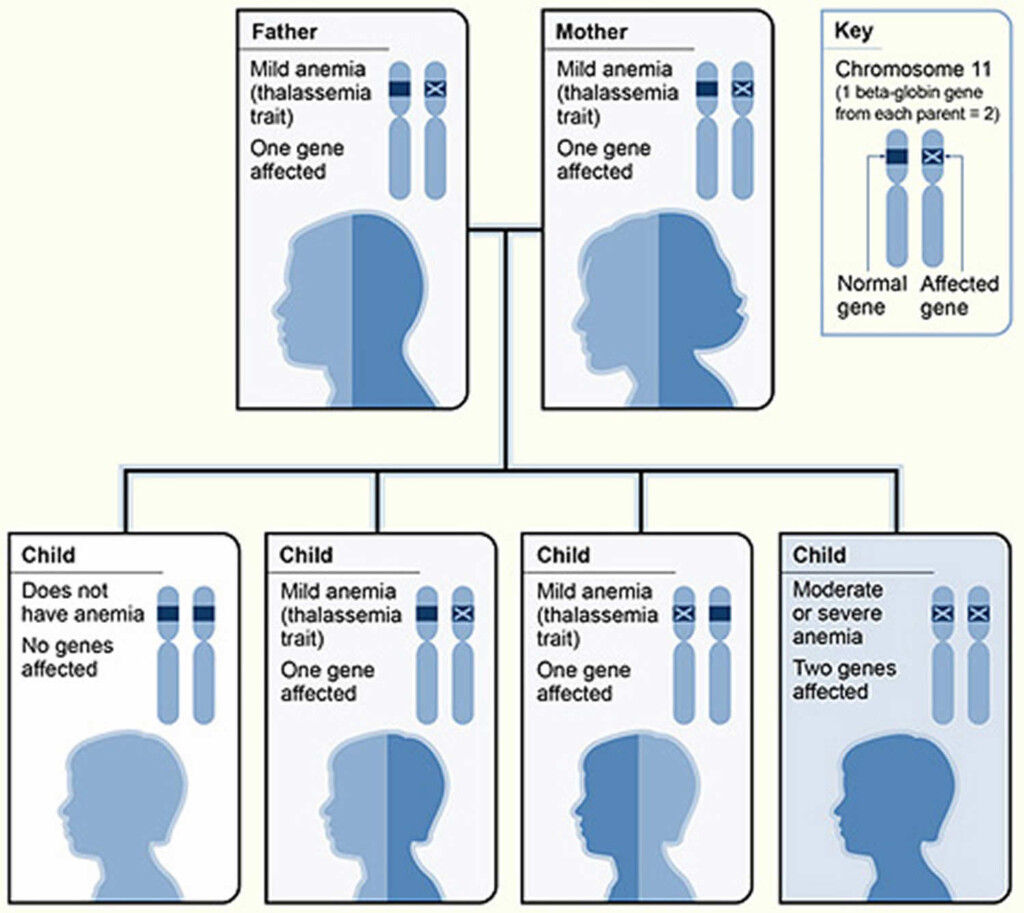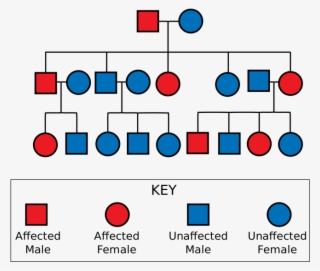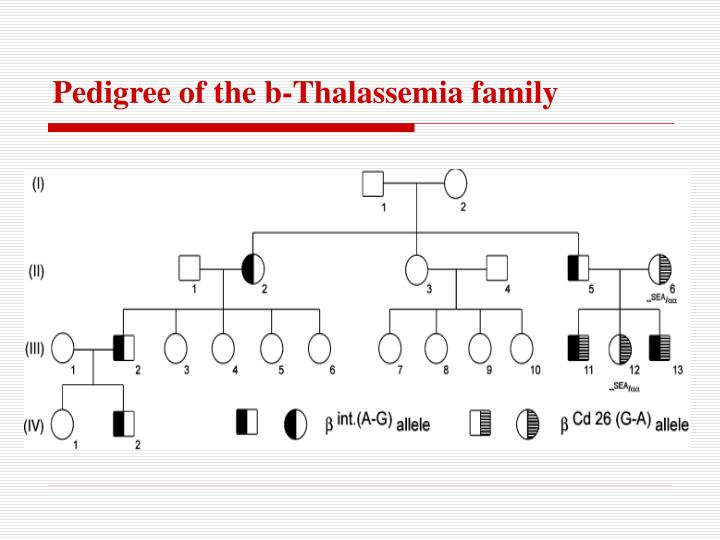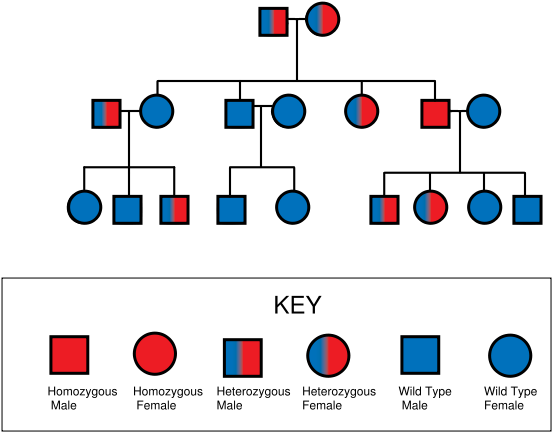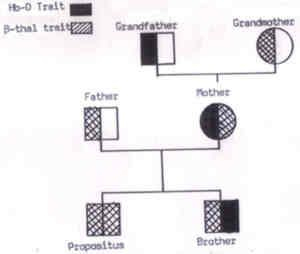Beta thalassemia is a genetic blood disorder that affects the production of hemoglobin, the protein in red blood cells that carries oxygen throughout the body. Individuals with beta thalassemia have a mutation in the gene that codes for the beta globin chain of hemoglobin, leading to a decrease in the production of functional hemoglobin. This can result in anemia, fatigue, and other health complications.
There are different types of beta thalassemia, ranging from mild to severe forms of the disease. The severity of symptoms can vary depending on the specific genetic mutations involved. Inheritance of beta thalassemia follows an autosomal recessive pattern, meaning that an individual must inherit two copies of the mutated gene (one from each parent) to develop the disorder.
Beta Thalassemia Pedigree Chart
Understanding Beta Thalassemia Pedigree Charts
A pedigree chart is a visual representation of a family’s genetic history, showing the relationships between family members and the inheritance patterns of a particular trait or disorder. In the case of beta thalassemia, a pedigree chart can help illustrate how the disease is passed down from generation to generation.
In a beta thalassemia pedigree chart, individuals affected by the disorder are typically represented by shaded symbols, while carriers (individuals who have one copy of the mutated gene but do not have symptoms of the disease) are represented by half-shaded symbols. Unaffected individuals are typically represented by clear symbols. By studying a pedigree chart, healthcare providers and genetic counselors can better understand the risk of beta thalassemia in a family and provide appropriate guidance and support.
Interpreting Beta Thalassemia Pedigree Charts
When analyzing a beta thalassemia pedigree chart, it is important to note the following key points:
1. Autosomal recessive inheritance: Beta thalassemia is inherited in an autosomal recessive manner, meaning that both parents must be carriers of the mutated gene for their child to be affected by the disorder.
2. Consanguinity: In families with a history of beta thalassemia, consanguineous marriages (marriages between blood relatives) can increase the likelihood of passing on the mutated gene to offspring.
3. Genetic testing: Genetic testing can help identify carriers of the mutated gene and provide valuable information for family planning and prenatal screening.
By utilizing beta thalassemia pedigree charts and understanding the inheritance patterns of the disorder, healthcare providers can offer personalized care and support to individuals and families affected by this genetic blood disorder.
Download Beta Thalassemia Pedigree Chart
Pedigree Chart For Thalassemia Free Transparent PNG Download PNGkey
PPT Reverse Dot Blot For Human Mutation Detection PowerPoint
Download Pedigree Chart For Thalassemia PNG Image With No Background
Prepare A Pedigree Chart For Blood Group Fig 12 A Classical Pedigree
